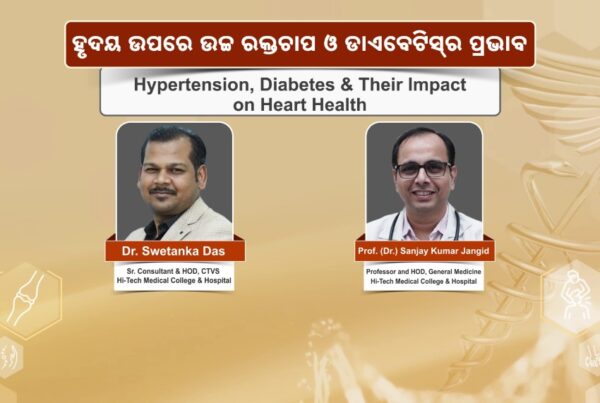An analysis by the European Environment Agency found that both short- and long-term exposure to air pollution is associated with a number of ailments, making it a serious concern to people everywhere, especially in metropolitan areas.
The World Health Organisation (WHO) emphasises the links between air pollution and illnesses including Alzheimer’s disease, cancer, chronic obstructive pulmonary disease, and stroke. The study noted that 97% of urban people were exposed to fine particulate matter (PM2.5) beyond WHO standards in 2021, making it a substantial health hazard.
Because of the continuous development, children and adolescents are particularly vulnerable to negative health effects. Nevertheless, they are unable to change laws governing air quality or to defend themselves.
In 2020, an estimated 238,000 premature deaths in the EU were attributed to PM2.5, showing a 45% decrease from 2005.
The main cause of particulate matter in 2020 was energy use, especially in the commercial, institutional, and residential sectors. Notably, between 2005 and 2020, PM2.5 and PM10 emissions decreased by 32% and 30%, respectively.
The European Union (EU) and the World Health Organisation (WHO) have implemented new air quality recommendations and regulations in response to the concerning situation. The goal of the EU’s zero pollution action plan is to limit the impact on biodiversity while reducing premature mortality by more than 55% by 2030 as compared to 2005. Tighter air quality regulations are also considered essential to accomplishing the goals mentioned in Europe’s Beating Cancer Plan.
Positively, the EU-27’s historical trend from 2005 to 2020 shows a 33% decrease in premature mortality linked to PM2.5 exposure. By 2032, the zero pollution objective may be reached if this upward trend keeps up, which would be a huge victory in the fight against the harmful consequences of air pollution.




